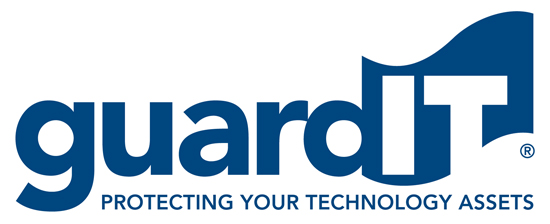By Scott A. Almy
Special to “The Escrow Advisor”
The task of structuring an escrow agreement is typically one that tends to persist until near the end of a licensing negotiation. In essence, it is a tug-of-war over a lock box in which the escrow deposit is treated like family jewels to licensors and licensees alike, and those assets are jealously guarded.
Licensees typically want more access to the deposit materials and for obvious reasons, the licensor wants to restrict access. What one concedes, the other gains, and negotiating them can sometimes feel like being trapped inside the lock box. The trick to winning is to think outside the box.
The escrow agent’s job is to keep a copy of the source code secure and safe. The agent is obliged to hand over the deposit materials only if a predetermined “release condition” occurs. This strikes a balance between the parties and is also where the real value of the escrow agreement lies: The developer can maintain strict control of its company’s greatest assets by not giving away its intellectual property, while the licensee maintains protection against loss of critical operating resources.
Third-party escrow is a fair deal that no key licensing arrangement should be without. In fact, woe to those who fail to carefully consider the escrow release conditions – especially in this economy!
As a kid, one of my coaches used to tell my team “Fatigue will make a coward out of you, boys.” Similarly, I often see parties to a negotiation experience “deal fatigue”, and therefore feign interest in escrow provisions. As a result, little attention is given to escrow terms in general, and less to release conditions in particular.
Let’s consider release conditions from both sides of the table.
Licensees (beneficiaries) should never assume that a bankruptcy filing will be enough to ensure an escrow deposit release. This broad release condition can sometimes be unenforceable. I have witnessed more than one judge set aside such conditions, deeming them to be “executory” and therefore not eligible for protection in bankruptcy. This is a very poor result for the beneficiary.
Beneficiaries should ask their attorneys how to ensure that escrow terms are considered “supplemental” to the underlying license terms. Congress specifically amended the bankruptcy code Section 365(n) to protect such agreements. They should also consider that by the time a licensor enters bankruptcy (if ever) the licensor may have repeatedly failed to perform its maintenance or support obligations. Insist that the release conditions include any substantial failure or inability of the licensor to perform maintenance.
Sophisticated licensors will often have in place a “two-party” source code agreement with the escrow agent. These agreements between the licensor and escrow agent allow the licensor to name additional beneficiaries from time to time. Such arrangements typically provide the least protection to beneficiaries because they often contain one-sided release terms and are not designed to address special terms needed by a particular licensee. Prudence dictates that licensees seek their own “three-party” escrow agreement with the licensor and the escrow agent to address their exact needs.
As mentioned, prudent licensors anticipate escrow demands by proactively entering into a two-party escrow agreement. These licensors are justifiably perceived as more professional and sophisticated than those firms that handle their clients’ escrow requests on an ad hoc basis. For smaller companies, the two-party escrow agreement serves as a selling tool, giving prospects a big security benefit.
More often than I can count, I have seen licensors succeed in escrow discussions by firmly noting that the two-party agreement treats all beneficiaries the same, and offers the cheapest and most expedient route to concluding negotiations.
If a licensee insists on a three-party agreement with specially negotiated release terms, licensors should insist that access to deposits be granted only if beneficiary relies on such breach to terminate the related license agreement. Otherwise, it can be awkward for the beneficiary to have access to the deposit materials while insisting that the licensor continue to perform. For example, if the beneficiary takes the source code from escrow to self-maintain software, the licensor should not have a continuing obligation to maintain the software.
Release conditions must be customized for each transaction to suit the specific contingency circumstances that are motivating the escrow agreement in the first place. By the time you get to this stage of negotiations you will likely be tired and ready to install, but don’t let deal fatigue make an escrow coward out of you when it comes to securing the deal with an escrow agreement that suits your needs.
About the Author: Scott A. Almy is principal at The Almy Law Firm, PLLC in Dallas, Texas. He may be reached by e-mail at scott.almy@almylawfirm.com or by phone at (214) 739-2293.
